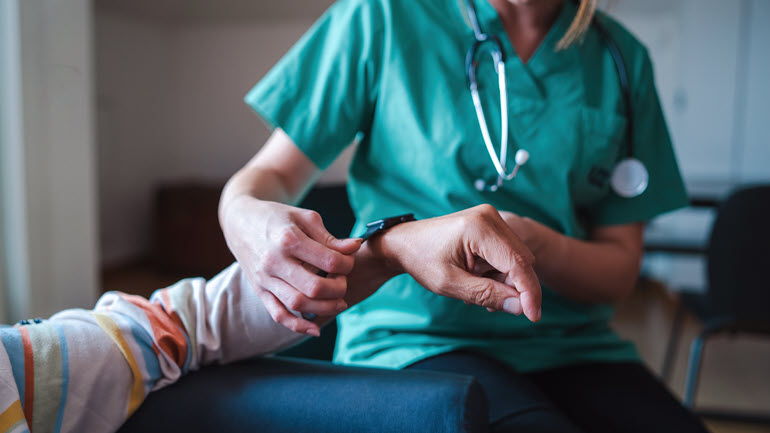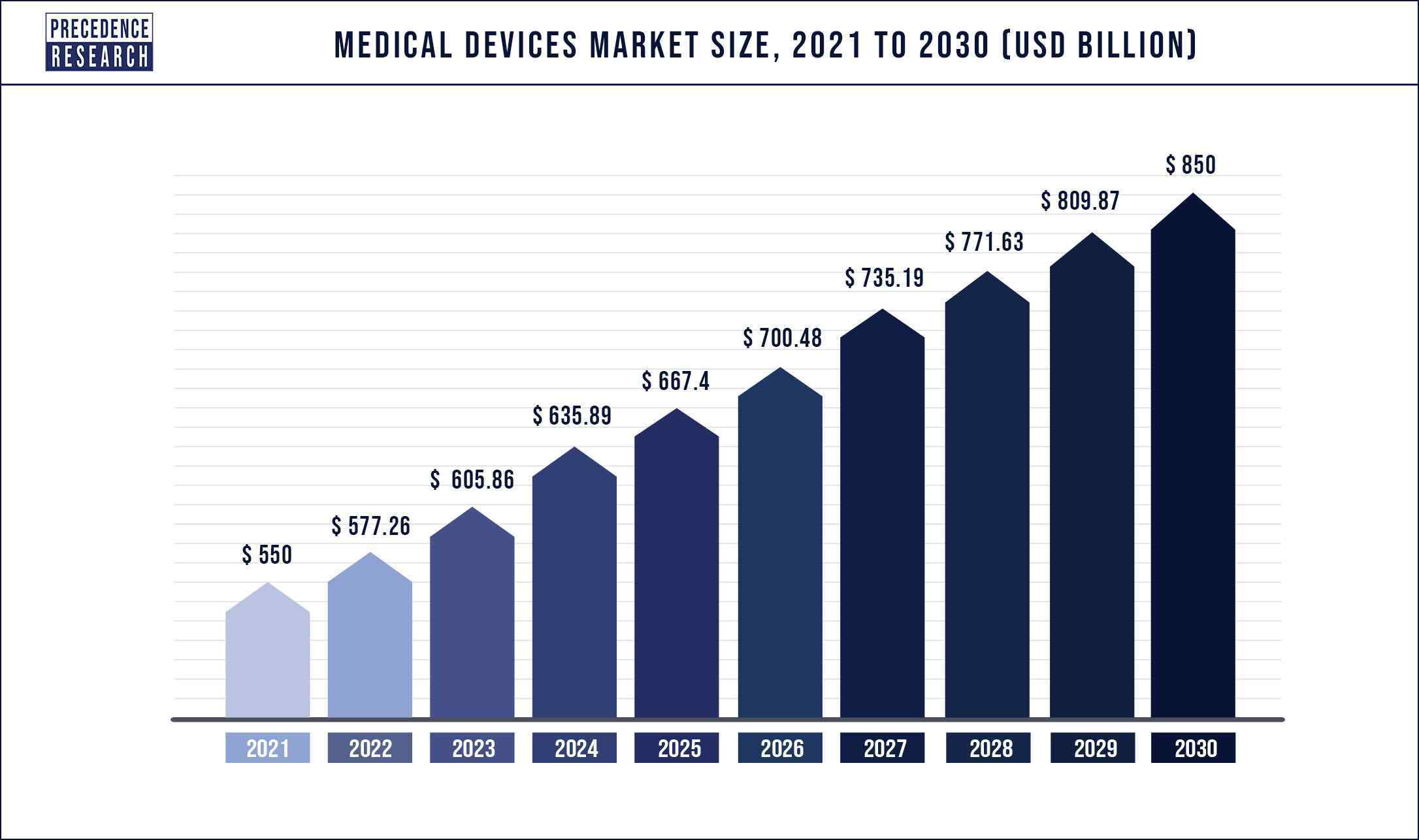September 30, 2022 / by Margarita Núñez Estimated read time: 7 minutes
The Healthcare Industry and the Internet of Things
 The amazing thing about technology is that so much of it is almost invisible. People can see the results of technology, but the communication and translation required to supply that information is often overlooked. The Internet of Things (IoT) is a type of tech that can be hard to notice and readily be aware of.
The amazing thing about technology is that so much of it is almost invisible. People can see the results of technology, but the communication and translation required to supply that information is often overlooked. The Internet of Things (IoT) is a type of tech that can be hard to notice and readily be aware of.
The healthcare industry, which already produces devices and instruments that are smart, interconnected, and intelligent, will be able to create new and even better modes of interaction between them by connecting medical devices via cloud computing.
The IoT allows them to collect data via sensors, and send that data to be translated and served to the end user in a meaningful, customized, and personalized way. This will, in turn, provide new levels of efficiency for many medical industries and an improved customer experience.
I believe that the healthcare industry will be especially impacted by the IoT, and both patients and caregivers will benefit the most by having access to fast, customized, and localized information. Here are a few examples of how I envision the IoT for the Healthcare industry:
Self-Care
Wearable devices that utilize the IoT are great for helping people monitor their activity levels. Also, wearable devices may be able to detect potential health threats and help people avoid them.
For instance, it would be great if a sensor in a wearable device could detect pollen, mold, or other allergens and warn a person with extreme allergies. For people spending a lot of time outdoors, wearable devices could monitor for signs of heat stroke or hypothermia.
Emergency Care
The IoT has great potential to help people in emergency situations. For instance, rapid heart rate, shortness of breath, and other symptoms of anxiety attacks could be detected by wearable sensors which communicate to a smartphone app that coaches the individual on controlling their anxiety or even calls for help to the nearest health center.
Similarly, IoT technology could be utilized to monitor vital signs and call for help in the event a person is unable to, a concept especially useful for seniors or the chronically ill. Data collected via sensors could also be transmitted directly to doctors to help them make the most informed decisions about treatment in an emergency.
Patient Vitals
Healthcare can utilize the IoT in myriad ways that could potentially improve the quality of patient care. For instance, the IoT can be used in hospitals to increase connectivity between patients, nurses, and doctors by transmitting patient vital sign information directly to the devices of doctors or nurses and allowing for constant monitoring and up-to-date information in the language that the doctor or patient speaks. Similarly, the IoT could enable patients to continue to be monitored after release.
For instance, sensors inserted in wearable medical devices could monitor a person’s blood pressure and, if it became too high, send them (or even their nurses or doctors) a text message that coaches them to follow specific steps to control their blood pressure.
Tracking Patients
If we consider the high volume of patients in hospitals and the size of facilities, it becomes clear that keeping track of patients can be tricky. The IoT can provide a solution that eases the burden on healthcare workers. Using sensors that patients wear on hospital bracelets would allow easy communication between the sensor and the central nurse’s station. So doctors, nurses, and family can know at a glance where a patient is.
Patients’ Files
The ability to monitor patients’ vital signs already exists, but IoT technology is revolutionizing it. Changes in respiration, heart rate, or medication levels can be monitored via sensors on the patient, and then transmitted directly into a patient’s file. This will save caregivers time on scrawling vitals in paper charts.
Also, by having everything on the cloud, the possibility of a file being misplaced will be reduced if a file is on a system rather than on paper. Plus, caregivers can be sent a patient’s file instantly on their own devices if they need to see a particular record or chart. I believe that The Internet of Things will potentially be very useful for the healthcare industry.
Devices now have to be designed with data generation in mind, they have to be designed with connectivity in mind, and they have to exist as part of larger ecosystems in many cases. Devices have to be deployed against various different sets of platforms and protocols, and APIs. And software is now no longer just something that might be embedded into the device.
Some localization considerations to think about in all of this include:
- The medical industry has strict international regulatory and language compliance requirements, which need a deep understanding of the domestic requirements of each targeted country. These, coupled with rapid IoT device advancement, result in complex localized content distribution challenges.
- Your language service provider (LSP) will have to offer a wide range of medical-specific services, including Internationalization Consulting, Readability Assessments, and Usability Testing.
- Reducing costs, saving time, increasing the quality of care for patients, and helping prevent or mitigate medical emergencies are now all plausible if the medical industry takes on the IoT.
The global medical devices industry will witness significant opportunities for growth and export in the coming decade. The global medical devices market is predicted to reach $850 bn by 2030, according to precedenceresearch.com.

Rapid IoT advances must surely signal a bright forecast for this sector, so there has never been a better time to localize your medical software or medical device.
Click below to get started.
This blog was first published on August 30, 2016, and updated with new information.
Written by Margarita Núñez
Margarita is Vice President, Marketing and Business Development at SimulTrans. She spearheads SimulTrans' Digital Marketing and Business Development Programs, focusing on developing digital marketing strategies that support business growth. A native of Spain, she holds a Bachelor of Arts in History of Art and a Master of Arts in European Studies.




